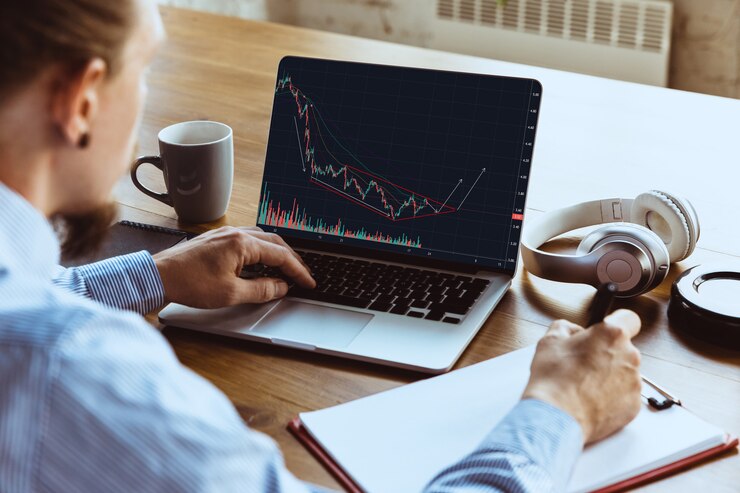The foreign exchange market, also known as forex, is the largest financial market globally, with trillions of dollars traded daily. Traders aim to profit from fluctuations in currency exchange rates. Read More
Understanding Leverage
Leverage, in essence, is the ability to control a larger position in the market than your available capital allows. It’s like using borrowed funds to amplify your potential returns. Forex brokers offer leverage, allowing traders to magnify their buying power. This means you can trade a significant amount of currency with a relatively smaller deposit.
For example, imagine a leverage ratio of 100:1. With a $1,000 deposit, you could control a position worth $100,000 (100 x $1,000). This leverage allows you to benefit from even small price movements in your favor. A 1% increase in the currency pair you bought would result in a 1% gain on the entire $100,000 position, translating to a $1,000 profit (1% x $100,000).
The Role of Margin
Margin, on the other hand, is the deposit you need to put up to control a leveraged position. It acts as a security deposit for the broker, ensuring you have some “skin in the game” and can potentially cover potential losses. The margin requirement is expressed as a percentage of the total trade value. So, with a 100:1 leverage and a $100,000 position, a 1% margin requirement would mean you need a $1,000 deposit (1% x $100,000).
The Double-Edged Sword of Leverage and Margin
While leverage offers the potential for magnified profits, it’s a double-edged sword. Losses are also amplified. Continuing the previous example, if the currency pair you bought decreases by 1%, you would incur a $1,000 loss (1% x $100,000) on your position. This loss could wipe out your entire $1,000 deposit and potentially lead to a margin call.
Margin Calls and Maintaining Margin Levels
A margin call occurs when your account equity (account balance minus unrealized losses) falls below a certain threshold set by the broker. This threshold, known as the maintenance margin requirement, is typically lower than the initial margin requirement. A margin call forces you to either deposit additional funds or close losing positions to bring your account equity back above the maintenance level. If you fail to meet the margin call, the broker may automatically liquidate your positions to recover their loaned funds, potentially leading to significant losses exceeding your initial deposit.
Using Leverage and Margin Responsibly
Forex trading with leverage and margin can be profitable, but it carries substantial risk. Here are some key points to remember for responsible use:
- Start Small: Beginners should start with lower leverage ratios to get accustomed to market volatility before venturing into high leverage.
- Risk Management: Always have a robust risk management strategy in place, including stop-loss orders to limit potential losses.
- Understand Market Conditions: Forex markets are dynamic. Be aware of economic news events and factors that can impact currency valuations.
- Only Trade What You Can Afford to Lose: Never invest more than you can comfortably afford to lose.
Conclusion
Leverage and margin are powerful tools in forex trading, but they require careful consideration and responsible use. By understanding these concepts, implementing sound risk management practices, and starting cautiously, you can leverage them to your advantage in the dynamic world of forex trading.




